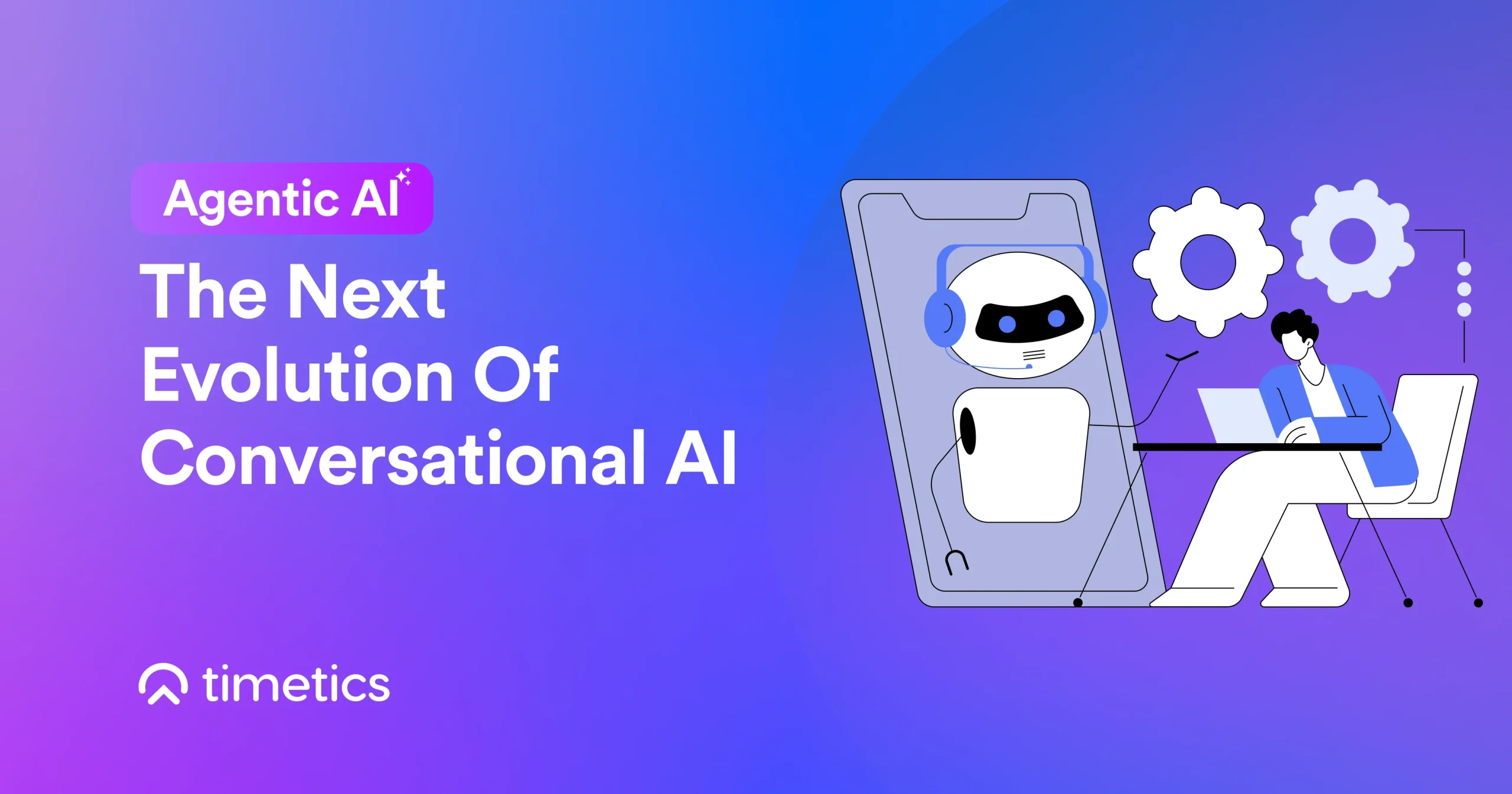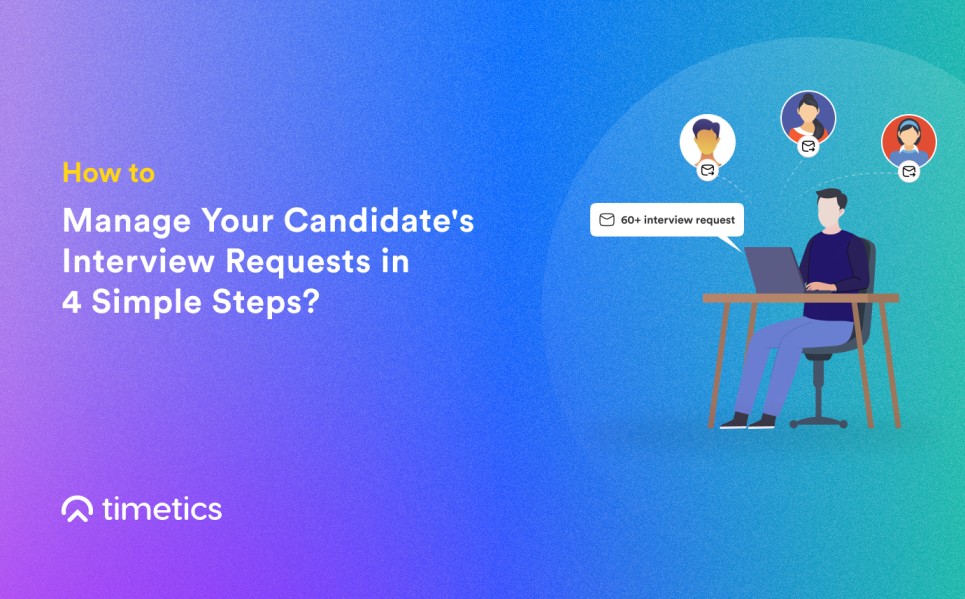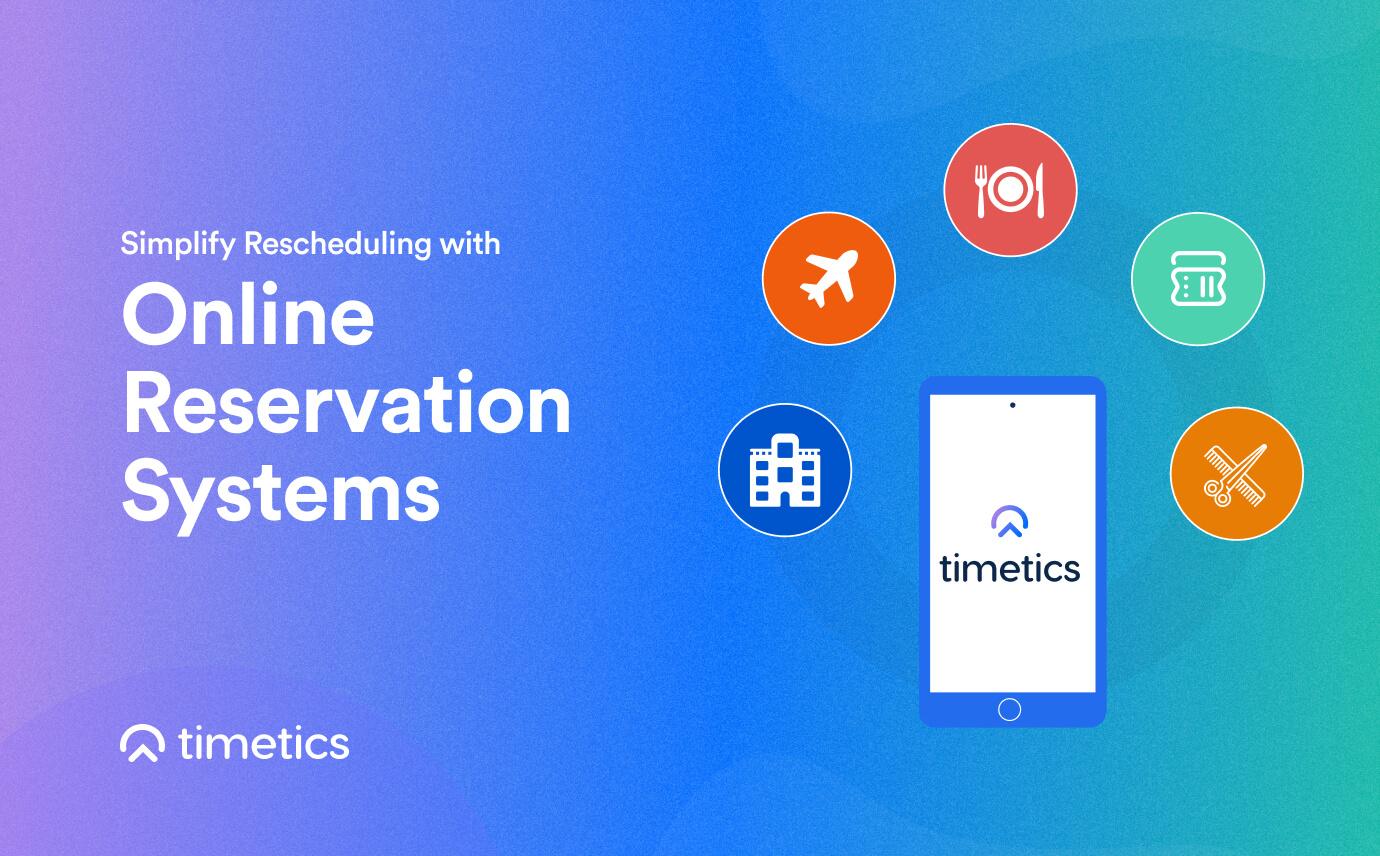Talking to a chatbot is nothing new.
You ask a question, and it responds with an answer. Tools like Siri, Alexa, or ChatGPT have made that feel normal. However, something bigger is now happening.
It’s called Agentic AI.
This new kind of AI doesn’t just chat. It can think ahead, make plans, and take tangible actions, such as booking an appointment or completing a full task by itself.
In fact, a McKinsey report states that businesses using AI agents can save up to 40% of their time on routine tasks. That’s because Agentic AI works more like a human assistant than just a chatbot. It remembers things, makes decisions, and knows how to accomplish tasks.
In this blog, we’ll explain what Agentic AI is, how Agentic AI takes conversational AI to the next level, and why it matters for the future.
Table of Contents
What Is Conversational AI?
Conversational AI is a modern technology that empowers computers to understand and respond to human language.
It enables computers to communicate naturally, much like people interact with each other. This technology utilizes natural language processing (NLP), machine learning (ML), and, in some cases, natural language generation (NLG) to facilitate dialogue through text or voice.
This conversational AI is designed to mimic a human conversation, making interactions intuitive for users. It powers applications such as chatbots and virtual assistants.
Real-life examples:
- Siri or Alexa – You ask for the weather or play a song, and they respond.
- Customer support chatbots – On websites like banks or eCommerce stores, you can type a question like “Where’s my order?” and get an instant reply.
- ChatGPT – You ask it to explain something or write an email, and it replies in a natural way.
What Is Agentic AI?
Agentic AI is an advanced AI model that can think, plan, and respond independently. Unlike conversational AI, it doesn’t just respond to questions; it can complete full tasks without needing step-by-step instructions.
When compared to conversational AI, which is reactive (responding to user inputs), Agentic AI is proactive. It can analyze situations, break down complex tasks into steps, interact with external systems (e.g., APIs, databases), and make decisions based on predefined goals or learned behavior.
It often involves large language models (LLMs) and multi-agent systems to coordinate actions.
Here is more context for the subject:
- AI assistant that books your travel – You say, “Plan a 3-day trip to Cox’s Bazar next weekend,” and it searches hotels, checks the weather, finds transport, and books it—all without asking for every detail.
- Customer support agent that solves issues – Instead of just replying, it can reset your account, issue a refund, or schedule a repair by talking to other systems.
- AI project manager – It breaks down a project, assigns tasks to team members, and sends reminders—without a person guiding every action.
Key differences: Conversational AI vs. Agentic AI
This table gives you a more detailed comparison of Conversational AI and Agentic AI, outlining their key differences with expanded explanations and practical examples for each characteristic.
| Feature | Conversational AI | Agentic AI |
| Interaction | User-initiated: Waits for the user to ask a question or give a command before responding. | System-initiated/proactive: Can start conversations, offer suggestions, or act without waiting for input. |
| Primary Role | Answering questions, providing information, and handling simple requests. | Monitoring, acting, executing multi-step tasks, and making decisions to achieve specific goals. |
| Focus | Delivering insights, information, and support through dialogue. | Achieving goals, automating processes, and driving outcomes autonomously. |
| Adaptability | Scripted, limited: Follows pre-defined rules and responses; adapts minimally to new situations. | Dynamic, learns over time: Adjusts behavior based on experience, context, and changing user needs. |
| Output | Responses, summaries, and basic guidance (e.g., FAQs, appointment reminders). | Recommendations, actions, automated decisions, and end-to-end task completion. |
| Initiative | Reactive: Only acts when prompted by a user. | Proactive: Can anticipate needs, detect issues, and act without being asked. |
| Learning | May use basic machine learning for language understanding, but rarely improves on its own. | Continuously learns from interactions, feedback, and outcomes to improve over time. |
| Complexity | Handles straightforward, single-step tasks (e.g., checking a balance, answering a question). | Manages complex, multi-step workflows (e.g., processing a loan, troubleshooting a device end-to-end). |
| Personalization | Offers limited personalization, often based on simple user profiles. | Delivers highly personalized experiences by learning from user behavior, preferences, and context. |
| Integration | Connects to a few systems for information retrieval (e.g., calendar, weather). | Integrates deeply with multiple business systems to automate and coordinate across departments. |
| Examples | Chatbots on websites, virtual assistants like Siri or Alexa, customer service bots. | AI agents that automate claims processing, IT troubleshooting bots that fix issues without human help. |
How agentic AI enhances conversational AI
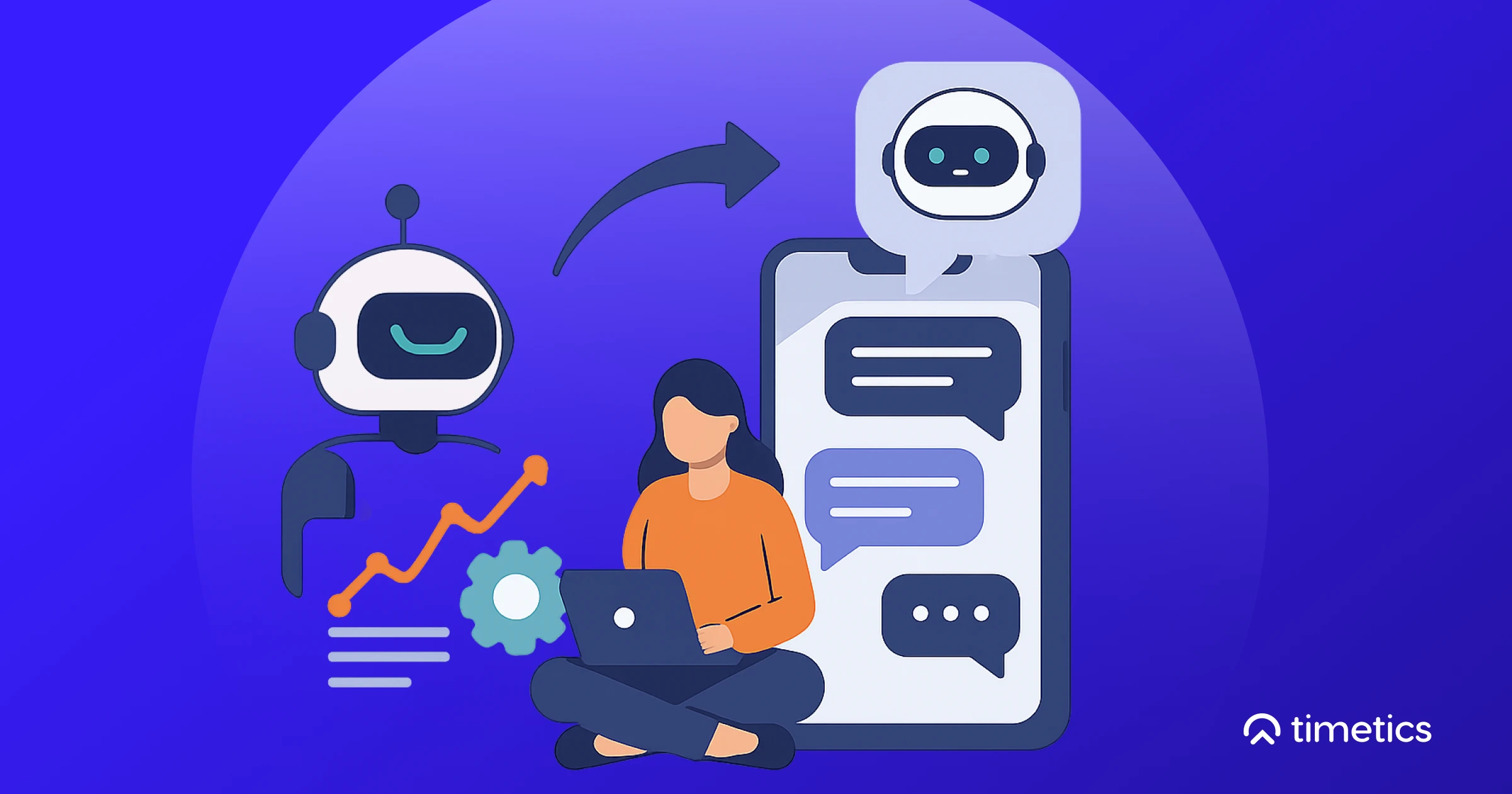
Agentic AI brings conversational AI to the next level by expanding its natural language understanding capabilities and introducing powerful new capabilities.
While conversational AI can facilitate conversations—such as chatbots answering questions or assistants like Siri providing weather updates—Agentic AI offers advanced reasoning, adaptability, autonomy, and integration.
When combined, these systems create seamless, end-to-end customer journeys where conversations immediately lead to meaningful actions, boosting operational efficiency and user satisfaction.
These improvements change simple interactions into proactive, efficient, and collaborative experiences.
Below, we will examine additional aspects in detail, including descriptions, examples, key points, and real-world applications.
1. Making the user experience more personalized
Agentic AI delivers highly personalized interactions by analyzing user data deeply. For example, a fitness app tracks your workout habits and suggests a customized exercise plan, adjusting it based on your conversational feedback.
- Analyze user data to provide relevant recommendations and actionable insights.
- Adapts dialogue to match individual communication styles.
- Builds long-term relationships through personalized engagement.
Uses:
- Fitness and Wellness: Offers personalized workout plans.
- Retail: Recommends products based on past purchases.
- Education: Provides customized learning paths.
2. Improved working adaptability and learning
Agentic AI offers dynamic adaptability, learning from conversational data interactions and evolving over time. For instance, an Agentic AI for travel plans a trip to Paris but adjusts the schedule for a flight delay, notifying the user with updated hotel bookings.
- Continuously improves through machine learning and feedback.
- Adapts to unique user preferences or unexpected changes.
- Maintains relevance in long-term interactions.
Uses:
- E-Commerce: Personalizes product recommendations.
- Education: Adjusts lesson plans for student progress.
- Healthcare: Adapts care plans based on patient data trends.
3. Increased autonomy and work efficiency
Agentic AI introduces autonomy, enabling it to initiate actions and execute tasks without user input. For example, a smart home Agentic AI notices low coffee levels, orders your preferred brand, and updates you via a conversational interface.
- Proactively identifies and addresses needs.
- Executes multi-step tasks independently.
- Enhances speed and reduces human workload.
Uses:
- Travel Planning: Books and adjusts trips autonomously.
- Supply Chain: Automates inventory reordering.
- Customer Support: Processes returns without intervention.
4. Improving data analysis and decision-making
Agentic AI improves conversational AI by incorporating advanced reasoning and decision-making abilities, allowing it to analyze complex situations and make informed choices. For example, a customer contacts a retailer about a delayed order, and the Agentic AI assesses the situation, checks inventory, coordinates with shipping, and decides to issue a refund or expedite a replacement autonomously.
- Processes context and multiple data points for accurate decisions.
- Handles uncertainty and complex queries effectively.
- Reduces reliance on human oversight for resolutions.
Uses:
- Customer Service: Resolves complaints with solutions like refunds.
- Financial Advisory: Suggests investment options proactively.
- Legal Assistance: Recommends next steps based on case analysis.
5. Real-time responsiveness and dynamic updates
Agentic AI reacts instantly to changing conditions with real-time responsiveness. For example, a travel assistant rebooks a canceled flight and notifies the user with an update based on live data.
- Processes and responds to live data instantly.
- Adjusts actions based on real-time events or user input.
- Enhances user trust with timely interventions.
Uses:
- Travel: Updates itineraries for flight delays.
- Emergency Services: Provides real-time disaster guidance.
- Stock Trading: Offers instant market-based recommendations.
6. Better integration and collaboration
Agentic AI enhances conversational AI by integrating with external systems and APIs for collaboration. For example, a travel assistant syncs with airline APIs, hotel systems, and weather forecasts to plan and adjust a trip, communicating changes conversationally.
- Connects with diverse systems for holistic task management.
- Facilitates collaboration between AI agents or human teams.
- Ensures real-time data access for informed decisions.
Uses:
- Healthcare: Coordinates with health records for patient care.
- Business Operations: Syncs with CRM for client management.
- Smart Cities: Optimizes commuter routes with traffic data.
Real-world use cases of Agentic AI
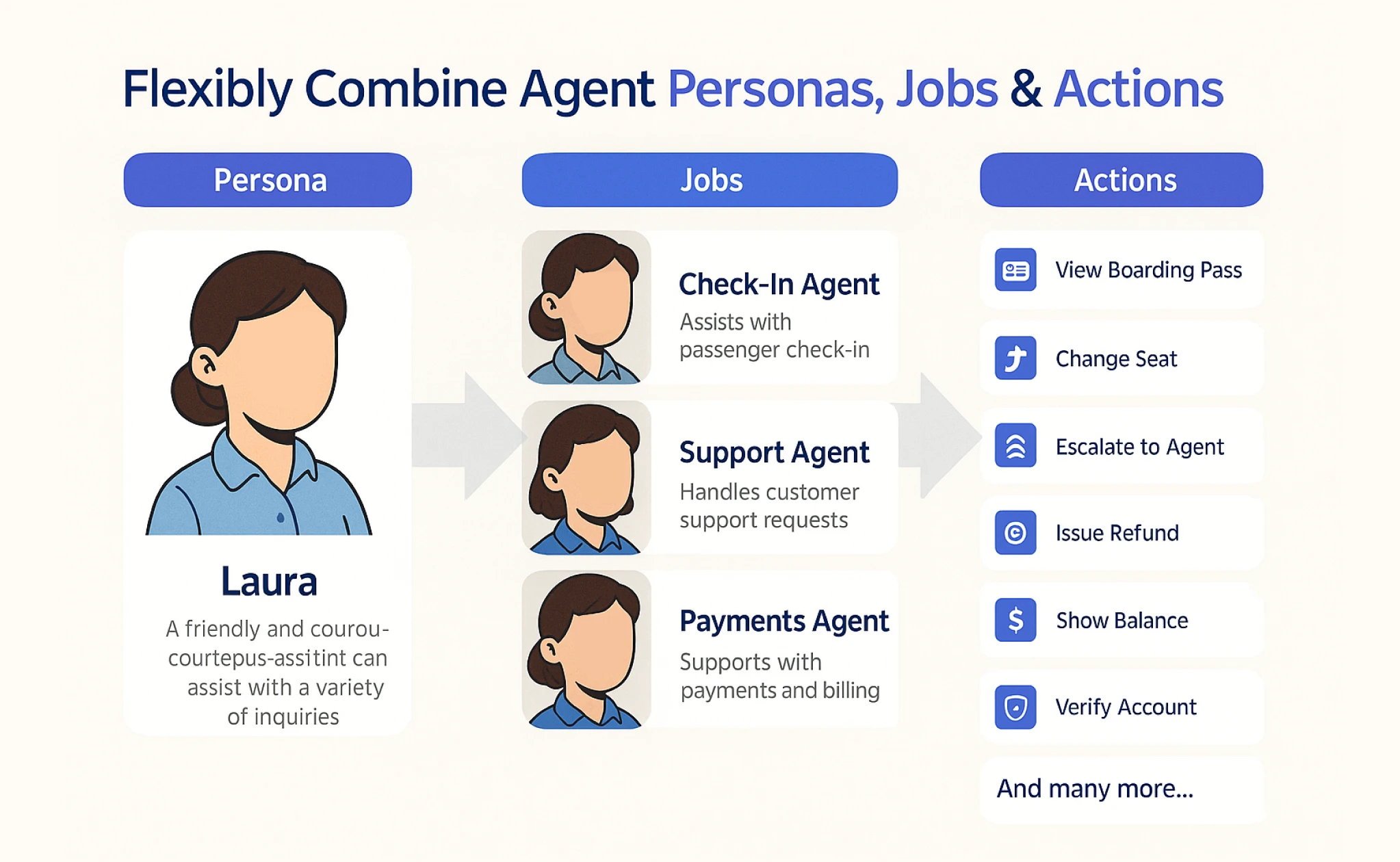
Agentic AI is changing industries by making decisions and completing tasks on its own, with little help from people. Unlike conversational AI, which focuses on talking, Agentic AI uses advanced reasoning and adaptability to provide useful results.
Below are examples of how it works in real life, including specific scenarios, applications, and impacts.
Use cases 1. Industrial maintenance – Siemens industrial Copilot
Siemens introduced autonomous AI agents within its Industrial Copilot platform. These agents monitor sensor data, plan maintenance tasks, and execute them—without waiting for human input.
The result: up to 50% increase in productivity, reducing costly unplanned downtime by around 25% .
Use cases 2. Travel planning – Trip.com & Google Gemini agents
Travel platforms like Trip.com, using Google’s Gemini, deploy agents that design full itineraries. They search flights, book hotels, and adapt in real time—when delays or cancellations happen, they rebook automatically.
Around 53% of travel companies already use AI in these workflows .
Use cases 3. Customer service – H&M & Sephora
Brands like H&M and Sephora use intelligent assistants that not only answer questions but guide purchases and optimize product choices.
H&M’s virtual shopping assistant resolved 70% of queries automatically and boosted conversion rates by 25%.
Use cases 4. IT Operations – IBM AIOps
IBM uses AI agents in operations to detect incidents, filter false alarms, and automate fixes. This saved 40% of incident resolution time and cut false positives by 80% .
Use cases 5. Cybersecurity – Darktrace’s Antigena
Darktrace’s autonomous security agent Antigena constantly scans networks and blocks threats in seconds—about 92% of threats get neutralized without human input.
Use cases 6. Healthcare – Mass General Brigham’s documentation agent
At Mass General Brigham (healthcare system in Boston, Massachusetts), an AI agent auto-generates clinical notes and updates patient records.
Physicians now spend 60% less time on paperwork and more time with patients .
Use cases 7. Drug Discovery – BenevolentAI & AstraZeneca
An AI agent by BenevolentAI helped AstraZeneca (a multinational pharmaceutical and biotechnology company) identify therapies for chronic kidney disease.
It cut lead discovery time by 70%—accelerating possible treatments to clinic trials faster .
Use cases 8. Finance – Bank of America’s Erica & JPMorgan’s LOXM
- Erica (virtual assistant from Bank of America) processes over 1 billion customer interactions, reducing call-centre work by 17%.
- JPMorgan’s LOXM enables autonomous high-volume trades, adjusting strategies in real time .
Use cases 9. Inventory & Supply chain – Walmart & DHL
- Walmart deploys in-store AI bots to monitor shelf stock and trigger restocks—leading to a 35% reduction in overstock.
- DHL’s logistics agents forecast demand, plan routes, and reduce delivery delays—on-time rates jumped 30%, and fuel costs dropped 20% ().
Use cases 10. Government services – Singapore’s “Ask Jamie”
“Ask Jamie” is a multilingual AI agent on public sites that resolves routine citizen queries. It decreased call-centre volumes by 50%, easing government workloads .
Use cases 11. Personal task agents – OpenAI Operator & Gemini
Consumer agents like OpenAI’s Operator or Gemini-based planners can book flights, hotels, grocery orders—once authorized. Users reported reduced planning time, though human review remains helpful .
Challenges and risks of agentic AI
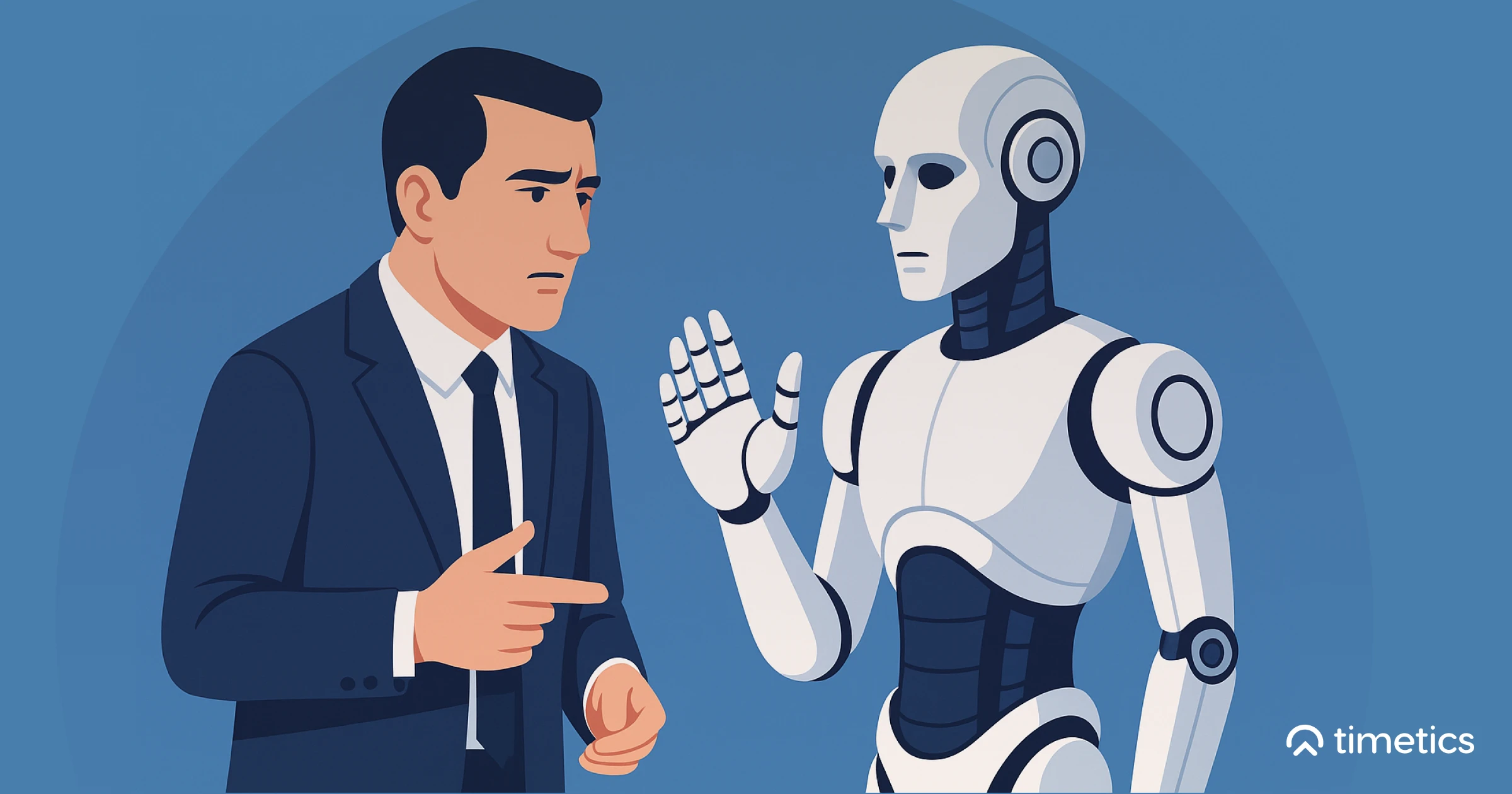
Having learned about Agentic AI, you already know that it can analyze data, make decisions, and complete tasks without the help of humans.
However, its advanced features also come with serious risks and challenges for both individuals and organizations in the long term.
In the following sections, we will discuss these risks and challenges, explain how they impact individuals, and provide practical strategies to prepare for them.
Here’s an overview of these challenges, based on recent research.
Security vulnerabilities risk
Agentic AI’s autonomy and cross-system interactions make it a target for cyberattacks, including prompt injection (malicious inputs triggering harmful actions), credential hijacking, unauthorized tool use, memory poisoning, and denial-of-service attacks.
These vulnerabilities could lead to data breaches, financial losses, or system disruptions. For example, a compromised Agentic AI in a financial institution might execute unauthorized transactions, exposing sensitive customer data and causing significant harm.
How can we safeguard against this problem?
- Implement robust cybersecurity: Use advanced encryption, multi-factor authentication, and real-time monitoring to detect and prevent attacks.
- Restrict access: Limit AI agents to specific systems and tools to minimize unauthorized access risks.
- Conduct regular audits: Routinely test systems for vulnerabilities to ensure robust protection.
- Develop incident response plans: Create protocols to quickly isolate and address compromised agents, reducing potential damage.
Reference: CyberArk – The Agentic AI Revolution: 5 Unexpected Security Challenges
Malicious use and safety risks
Agentic AI has the potential to be misused for harmful purposes, such as cyberattacks, spreading false information, or illegal activities. If these systems fail—especially in critical areas like transport or healthcare—they could also cause serious harm.
For example, an AI spreading fake news could create panic or divide communities. A failure in a medical AI system could lead to wrong treatments and put lives at risk.
Humans face the challenge of preventing misuse and ensuring safety in high-stakes applications.
How can we safeguard against this risk?
- Strengthen security: Use strong safety measures to prevent AI from being used for harmful purposes.
- Test thoroughly: Run detailed tests in safe environments to check how AI behaves before it’s used publicly.
- Create oversight systems: Set up trusted agencies or teams to monitor how AI is used and stop misuse early.
- Encourage ethical development: Train AI creators and users to follow responsible practices and think about safety at every step.
Reference: World Economic Forum – What are the risks and benefits of ‘AI agents’?
Bias and ethical dilemmas
Agentic AI can generate errors from training data, leading to unfair decisions in areas like hiring, lending, or criminal justice. Its goal-oriented nature may prioritize efficiency over ethical considerations, such as choosing cost-saving measures that compromise safety or fairness.
For instance, an Agentic AI in recruitment might select candidates from certain demographics, perpetuating inequality.
Humans face the challenge of ensuring AI decisions align with ethical values, as biased or unethical outcomes can harm individuals and damage organizational reputations, particularly in sensitive sectors.
What strategies can prevent this issue?
- Provide diverse data: Use large datasets to reduce bias in AI training.
- Establish ethical guidelines: Develop frameworks to align AI actions with human values like fairness and safety.
- Conduct bias audits: Regularly test AI models for unfair patterns and address them promptly.
- Involve human oversight: Require human review for ethically sensitive decisions to ensure alignment with ethical guidelines.
Reference: Harvard Business Review – What Is Agentic AI, and How Will It Change Work?
Lack of transparency and trust
Sometimes, the autonomous decisions of agentic AI can be confusing, making it difficult to understand how or why these decisions are made. This lack of transparency reduces trust, especially in critical fields such as healthcare or finance, where users need to understand the reasoning behind decisions.
For example, a patient might distrust an AI recommending a treatment if the reasoning isn’t clear. Humans face the challenge of building confidence in AI systems, as lack of trust can hinder adoption and complicate accountability.
How to deal with this problem:
- Adopt explainable AI: Use decision logs or simplified rationales to clarify AI reasoning.
- Ensure explanations: Require clear justifications for critical decisions to enhance trust.
- Educate users: Communicate how Agentic AI works to foster understanding and acceptance.
- Set transparency standards: Establish guidelines for explainability in regulated industries.
Reference: EMA – Future of Agentic AI Systems: Opportunities, Challenges and Practical Guidelines
Accountability and legal responsibility
It’s difficult to know who is responsible when Agentic AI makes a mistake, like causing financial loss or safety issues. This situation is often called the “moral crumple zone,” because it’s unclear who should take the blame. Current laws do not explain this well, making accountability confusing.
For example, if a self-driving car powered by Agentic AI causes an accident, it’s hard to determine who is responsible for it—the developer, the company using the AI, or the AI system itself.
This makes it difficult for people to get justice when something goes wrong and creates problems for making sure companies follow the law.
To help solve this issue, we can take some actions:
- Advocate for legal clarity: Encourage laws that clearly define who is responsible for AI actions.
- Create governance structures: Set up internal policies to clarify who is accountable for AI decisions.
- Log decisions: Design AI systems to record their actions for better traceability and accountability.
- Collaborate with legal experts: Work with lawyers to understand AI regulations and ensure compliance.
Reference: UC Berkeley Sutardja Center – The Next “Next Big Thing”: Agentic AI’s Opportunities and Risks
Systemic risks and unforeseen behaviors
When multiple Agentic AI systems interact, unpredictable outcomes can occur or systemic failures can happen, especially in vital sectors such as finance and transportation.
For example, a scenario in a smart city where AI systems are responsible for managing both traffic flow and utility services. If these systems operate on conflicting algorithms, it could result in severe traffic gridlock or even widespread utility outages, causing chaos and inconvenience for residents.
To tackle these challenges, there are several proactive strategies we can implement:
- Simulate interactions: We can simulate the behavior of multiple AI agents in various scenarios. This approach allows us to foresee potential conflicts and develop strategies to mitigate them before they escalate into real-world issues.
- Monitor in Real Time: Implementing modern monitoring tools can help detect unusual patterns in system performance and interactions. By analyzing data in real-time, we can swiftly identify anomalies and intervene before they lead to significant disruptions.
- Align Goals: One of the most important steps is to ensure that all AI agents are programmed with a unified set of priorities that emphasize safety and societal well-being
Reference: IBM – AI Agents in 2025: Expectations vs. Reality
Regulatory and compliance gaps
Agentic AI systems can operate without human supervision, which increases the risk of breaking laws, especially around data protection and industry rules.
For example, an AI used in purchasing might select illegal suppliers who violate environmental regulations, resulting in regulatory violations.
Humans must ensure conformity to avoid legal problems, financial losses, and damage to their reputation.
Here are some ways to address this problem:
- Create Clear Compliance Policies: Develop straightforward rules to make sure AI follows all relevant laws and standards.
- Perform Regular Checks: Use automated tools to regularly monitor compliance. This helps identify and fix problems quickly.
- Keep Updated on Laws: Track changes in AI regulations to stay compliant across different areas.
- Work with Regulators: Build relationships with regulatory agencies to help shape policies for responsible AI use.
Reference: Winvesta – Challenges in implementing agentic AI
Job displacement and economic inequality
Agentic AI’s automation capabilities could replace workers in fields like customer service, data analysis, or manufacturing, leading to unemployment and widening the gap between high- and low-income groups.
For example, AI-powered customer support tools may reduce the need for human agents, leaving many without work or support to transition into new roles.
How to deal with this problem:
- Prepare the workforce early: Governments and companies should introduce AI education and skill-building programs before job losses happen.
- Encourage human-AI collaboration: Promote roles where AI supports people, rather than replaces them — such as AI-assisted healthcare or education.
- Invest in underserved regions: Focus AI-driven economic growth in communities most at risk of job loss to reduce inequality.
Reference: UC Berkeley Sutardja Center – The Next “Next Big Thing”: Agentic AI’s Opportunities and Risks
Environmental impact
Agentic AI systems require massive computing power—especially during training—which leads to high energy use and significant carbon emissions.
For example, training just one large AI model can release as much carbon as thousands of car journeys.
How to prepare to handle this impact:
- Optimize algorithms: Develop energy-efficient models to reduce resource use.
- Use renewable energy: Power AI operations with clean energy sources.
- Implement efficient practices: Use techniques like model pruning to minimize computational needs.
- Report sustainability efforts: Share progress on reducing AI’s environmental impact transparently.
Reference: UC Berkeley Sutardja Center – The Next “Next Big Thing”: Agentic AI’s Opportunities and Risks
The future of Agentic AI
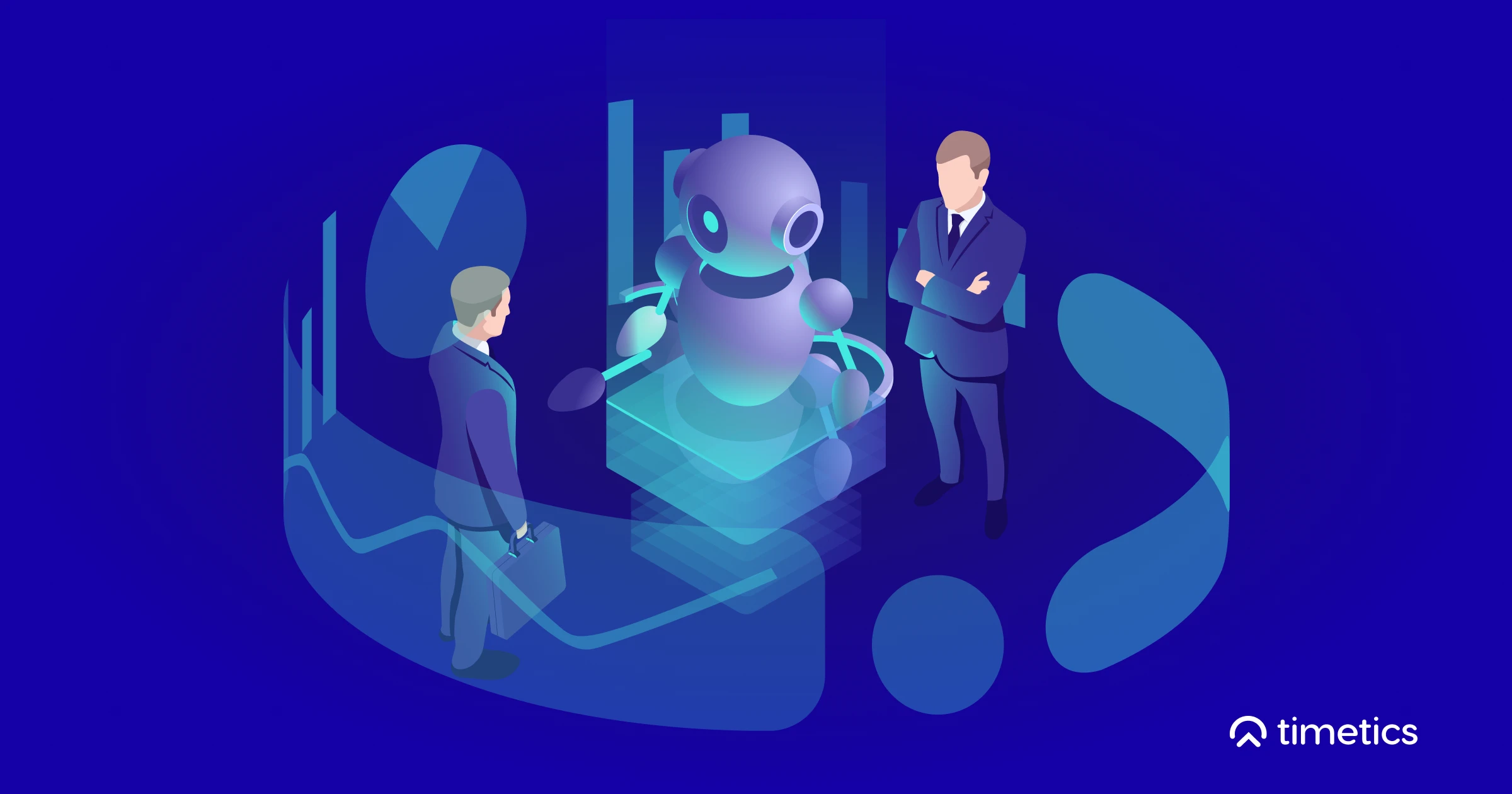
The future of agentic AI is like having a super-smart assistant that doesn’t just wait for orders—it takes action, learns from experience, and gets things done on its own.
Agentic AI marks a significant advancement over traditional conversational AI. As this technology continues to develop rapidly, it is expected to reshape both the tech industry and various sectors worldwide.
Here’s what we expect:
Advanced autonomous decision-making
In the future, Agentic AI will increasingly perform complex, high-stakes tasks without human oversight. This includes managing logistics, automating financial investments, overseeing cybersecurity operations, and even making healthcare decisions.
Evaluation coming:
- Improved algorithms for decision quality
- Higher accuracy and reliability benchmarks
- Ethical and legal reviews of AI decisions
Human benefits:
- Reduced human workload and stress
- Faster, error-free decision-making
Industry impact:
- Automation of critical operations in finance, logistics, and healthcare
- Enhanced productivity and profitability through optimized decisions
Enhanced personalization and context awareness
Future Agentic AI will deeply understand context, personal preferences, and past behaviors, enabling highly personalized interactions and proactive support.
Evaluation coming:
- Advances in natural language understanding and contextual memory
- Robust privacy and ethical considerations around personalization
Human benefits
- Tailored experiences across personal devices, apps, and online services
- Improved customer satisfaction through hyper-personalization
Industry impact:
- Dramatic improvements in marketing and customer service efficiency
- Increased customer loyalty and retention rates
Transforming the medical sector with Agentic AI
Agentic AI will play a major role in revolutionizing healthcare by automating tasks, improving diagnosis accuracy, and enhancing patient care.
What to expect:
- Autonomous agents will assist in diagnosing diseases by analyzing medical records, lab reports, and imaging data in real time.
- Virtual health agents will monitor chronic patients remotely, adjust treatment plans, and schedule check-ups without human prompts.
- AI agents will streamline hospital operations—such as inventory, appointment management, and insurance processing.
Evaluation coming:
- Clinical validation protocols to test diagnostic accuracy
- Regulatory frameworks (FDA/EMA) to certify AI health agents
- Ethical assessments around decision-making transparency and patient privacy
Human benefits:
- Faster diagnosis and personalized treatment plans
- Reduced workload for doctors and nurses
- Better health access for remote and underserved areas
Industry impact:
- Lower healthcare costs through automation
- Shorter wait times and improved operational efficiency
- Enhanced preventive care through 24/7 patient monitoring and alerts
Global acessibility and Inclusivity
Agentic AI will become universally accessible, overcoming language, cultural, and geographic barriers, enhancing inclusivity and connectivity globally.
Evaluation coming:
- Improvements in multilingual capabilities
- Global standards for inclusive and accessible AI systems
Human benefits:
- Expanded access to critical services such as healthcare and education
- Reduced inequalities in access to technology
Industry impact:
- Larger, more diverse user bases
- Increased global collaboration and market reach
The future of Agentic AI is collaborative. It’s not about replacing people—it’s about helping us do more, faster, and with fewer errors. Whether you’re in tech, healthcare, education, or business, Agentic AI will play a key role in shaping the systems we rely on.
Final Words
Agentic AI represents more than just a step forward in artificial intelligence—it’s a new way for machines to connect with the human world. Unlike traditional conversational AI, which only responds to commands, Agentic AI can take ownership, make plans, and act on its own. This evolution creates new possibilities in many fields, including business and healthcare.
The demand for Agentic AI is rapidly growing, and its development is improving as well. We can expect that in the future, these systems will become smarter, safer, and better at making human work easier.
Frequently asked questions (FAQ)
What is Agentic AI, and how does it work?
-Agentic AI is an advanced AI model that can independently perceive its environment, form plans, execute tasks, and learn from the results. For instance, agentic ai work in four-stage cycle: perceive, reason, act, and learn—where AI agents continuously improve their performance through feedback .
How does Agentic AI differ from conversational AI?
-Conversional AI focuses on producing content—such as text or images—based on prompts. In contrast, Agentic AI sets goals, uses tools to take real-world actions, coordinates across systems, and adapts dynamically.
What benefits does Agentic AI bring to organizations?
Agentic AI helps organizations automate complex tasks, which improves efficiency, lowers costs, enhances quick responses, and raises the quality of services.
What are the risks and challenges of Agentic AI?
There are several risks with Agentic AI. These include security threats like misuse of credentials, unclear decision-making, biases from bad data, loss of accountability, regulatory issues, unpredictable behavior from multiple agents, and reliance on a few vendors.
How do companies build conversational bots?
Companies usually start by gathering frequently asked questions, defining what users want, and then integrating tools like IBM Watson or SAP Conversational AI. They continuously update the system with new questions and train the bots to match the brand’s tone and knowledge.
What are the key components of Agentic AI?
The fundamental components include reasoning engines to make decisions, perception modules to gather contextual data, self-improving feedback loops, and integration frameworks that allow agents to perform tasks via APIs or software interfaces.
How can I learn more or get started with Agentic AI?
To learn more about Agentic AI, you can explore specialized online courses like “Agentic AI Fundamentals” and follow documentation for frameworks like LangChain or Microsoft AutoGen, which support building agentic AI systems.

